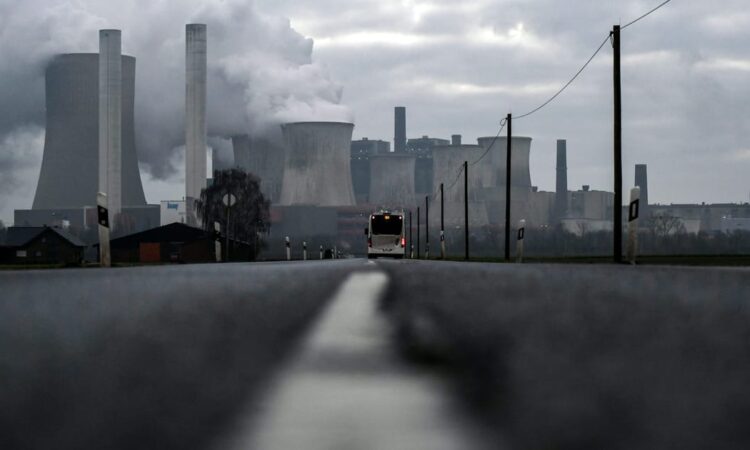
Making big calls
It’s also a vital time for Europe’s manufacturers, which are making decisions about what green technologies to install for the coming years. A recent study by the Institute for Climate Economies (I4CE) showed Europe needs to double its annual climate investments to stay on track for its 2030 climate targets.
“We’re in a moment of time where a lot of the big industries are making gigantic investments,” Vangenechten said.
At the moment, installing some of the more nascent and pricey technologies, like carbon capture, may not make financial sense. Several studies have shown, for instance, that paying for carbon capture systems isn’t economic unless carbon prices settle somewhere between €100 and €175 for companies.
One senior Commission official, granted anonymity to speak candidly, conceded the EU should remain “vigilant” about “big investments in need of CCS,” using the acronym for carbon capture. “If prices remain low, we need to make sure that these investments will still make sense.”
Mihnea Cătuți, who heads the research unit of Romanian think tank Energy Policy Group, stressed that “the only expectation is for prices to go up” in the coming years due to the design of the carbon market. The drop in revenue, he argued, will only be a “story of this year.”
Yet that won’t necessarily relieve the broader pressure on carbon revenues. Across the EU, budgets are tightening and few are interested in contributing new funding to EU initiatives. EU capitals even rejected a modest request from Brussels for €10 billion in fresh cash to turbo-charge clean tech projects.
That means carbon revenues are likely to remain a valuable EU lifeline to sort out bitter funding clashes.
“In a time where a lot of the climate spending is going down or being phased out,” Vangenachten, the decarbonization specialist, warned, lower carbon revenues “risk widening the climate investment gap.”






